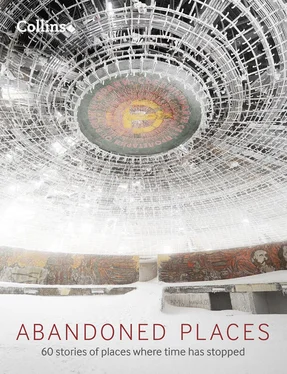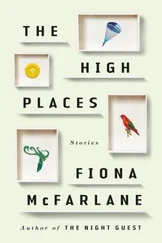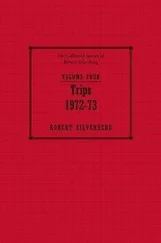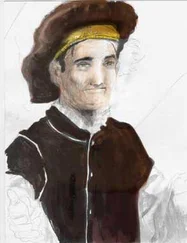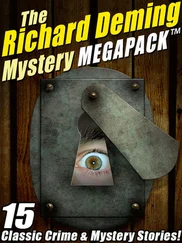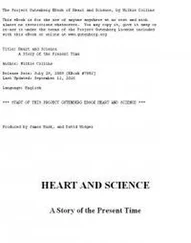The design of the city itself is ingenious. The high hillsides were cut into terraces, to increase the arable land available and to decrease the incidence of landslides. As well as the agricultural zone, Machu Picchu had an urban area. Here were temples, palaces, workshops, storehouses and homes made of expertly dressed stone. Blocks, some weighing up to 50 tonnes, were cut with millimetre-precision to form faultless joints without the use of any mortar. In many places a small gap has been left in the stonework to allow walls to move and flex in an earthquake, thus absorbing much of the destructive force.
Religion was part of the everyday fabric of Inca life and Machu Picchu itself was a physical expression of their beliefs. This was a city-shrine to the gods, a clifftop cathedral that stood in symbiosis with the mountain landscape surrounding it. There are several ‘replica stones’ throughout the city; these have been sculpted to echo the shape of the mountain peaks behind them. They were likely a sign of the Incas’ devotion to the mountain god Apo.
The Intiwatana stone was an astronomic clock or calendar with a protruding gnomon that cast a shadow onto a broad base; the positioning of the shadow marked the June and December solstices. The stone also functioned as an altar.


The end of an ancient empire
When a fleet of Spanish ships reached the Spanish colony in Panama in 1520, on board were diseases unknown in the Americas. Smallpox, measles and other contagions ripped through the native populations.
The Inca Empire was then at its height under the ruler Huayna Capac. It stretched for a thousand miles from north to south (covering much of present-day Bolivia, Peru, Argentina, Chile, Ecuador, and Colombia), and incorporated 200 different ethnic groups.
The Spanish didn’t get to Peru until 1532, when Francisco Pizarro landed on the north coast with 260 fellow Spaniards. By that time, however, smallpox, measles and civil war had already killed millions of people – two-thirds of the population of this vast empire perished. The great leader Capac was one of the dead, and his passing divided the Inca Empire; a brutal civil war erupted over which of his sons would rule.
The mighty Inca armies were in disarray and the carefully organized state administration was in tatters. The Spanish started looting the temples and palaces in a virtual gold rush, as well as killing the Inca leaders.
Travel routes in the mountainous area around Machu Picchu require constant maintenance to be kept open. The area gets more than 1.8 m (70 inches) of rain a year, which frequently washes away roads and trails. Fast-growing vegetation will block cleared trails in a season. Even the modern roads and railway are regularly breached by rockslides and water damage. With the available manpower slashed by plague and war, maintaining such an exotic settlement as Machu Picchu was simply not a priority to the fractured Inca state.
There was a large rebellion against the controlling Spanish in 1536. As the Spanish fought to quell the uprising, many Inca fled into the remote Peruvian hinterlands. To discourage Spanish pursuit, many tracks and settlements were deliberately destroyed, including those at the start of the now famous Inca Trail that leads to Machu Picchu. The city itself would by now have been overgrown by vegetation and the route in to it blocked by landslides.
No one told the Spanish about its location and they never found it themselves, neither then nor at any point during the colonial period. Machu Picchu would be lost to the outside world for nearly four centuries.
‘It seemed almost incredible that this city [Machu Picchu], only five days’ journey from Cuzco, should have remained so long undescribed and comparatively unknown.’
Hiram Bingham, writing in Harper’s Monthly, 1913
The best-known narrative of the rediscovery is a tale that truly fires the imagination. Hiram Bingham III was a mountaineer, explorer and Yale University academic who led an American expedition that planned to outdo the discoveries of famous British travellers such as David Livingstone.
In 1911 he led a group that set out from Cuzco in search of lost Inca cities. Bingham got lucky, receiving a tip-off from a local about some hilltop ruins deep in the jungle. On a humid July afternoon, Bingham traversed plunging rapids on a log bridge, hacked his way up a jungled slope and finally crested a rocky promontory, to suddenly clap eyes on the magnificent remains of Machu Picchu.
He may not have been the first outsider to visit the lost city, but he was the first to fully explore its treasures, and it was he who made it known to the wider world. On a second visit to the site he cleared the ruins of vegetation and photographed the city. Although Bingham also promptly removed cartloads of artefacts, mummies, stone carvings and other precious Inca relics, he was at least an academic and much of the booty ended up at Yale, where it could be studied and preserved. He wrote about his finds in the National Geographic , and the world at large was entranced by this lost Inca city in the jungle.
Educated, bold and handsome, it was Bingham who became the real-life model for the fictional bullwhip-cracking adventurer Indiana Jones.
Machu Picchu is a UNESCO World Heritage Site and a favourite destination of travellers to South America. To most visitors it will never seem at all abandoned. Its story, however, is a sobering one of disease, dereliction and the downfall of one of the world’s greatest ever empires.
DATE ABANDONED: 1550–1700
TYPE OF PLACE: Island
LOCATION: Pacific Ocean
REASON: Man-made ecological disaster
INHABITANTS: 15,000
CURRENT STATUS: UNESCO World Heritage Site
TO THE FIRST VISITORS IT WAS AN EXTRAORDINARY WORLD OF ABANDONMENT. A CIVILIZATION BEYOND THE EDGE OF THE SEA HAD APPARENTLY BEEN CREATED AND THEN HAD CHILLINGLY DECLINED – BUT THE TRUTH OF WHERE ITS PEOPLE WENT IS MORE FRIGHTENING THAN THE MYSTERY.
Where did the sculptors go?
‘These stone figures caused us to be filled with wonder, for we could not understand how it was possible that people who are destitute of heavy or thick timber, and also of stout cordage, out of which to construct gear, had been able to erect them.’
So wrote the Dutch explorer Jacob Roggeveen on Easter Sunday, 1722. He had just landed on a rather barren isle with no large trees and a population of around 2,000 people. They had few tools and no mechanical devices. They did not know about the wheel. Their canoes were flimsy and so poorly constructed that they had to be constantly baled out just to stay afloat.
Yet Roggeveen was astonished to see that the island was dotted with hundreds of gigantic stone statues. The islanders had worshipped these moai , by lighting fires at their bases and prostrating themselves to the rising sun.
There were no trees – so how could the inhabitants have made timber for scaffolding and rollers, or thick ropes for hauling the stones? How could a society that was struggling for food spare the time to make and move these gargantuan statues? They obviously couldn’t, and yet the statues were all upright, clear of vegetation and relatively unweathered. This proved that a great civilization had occupied the island in the very recent past. So where had it gone?
Читать дальше
